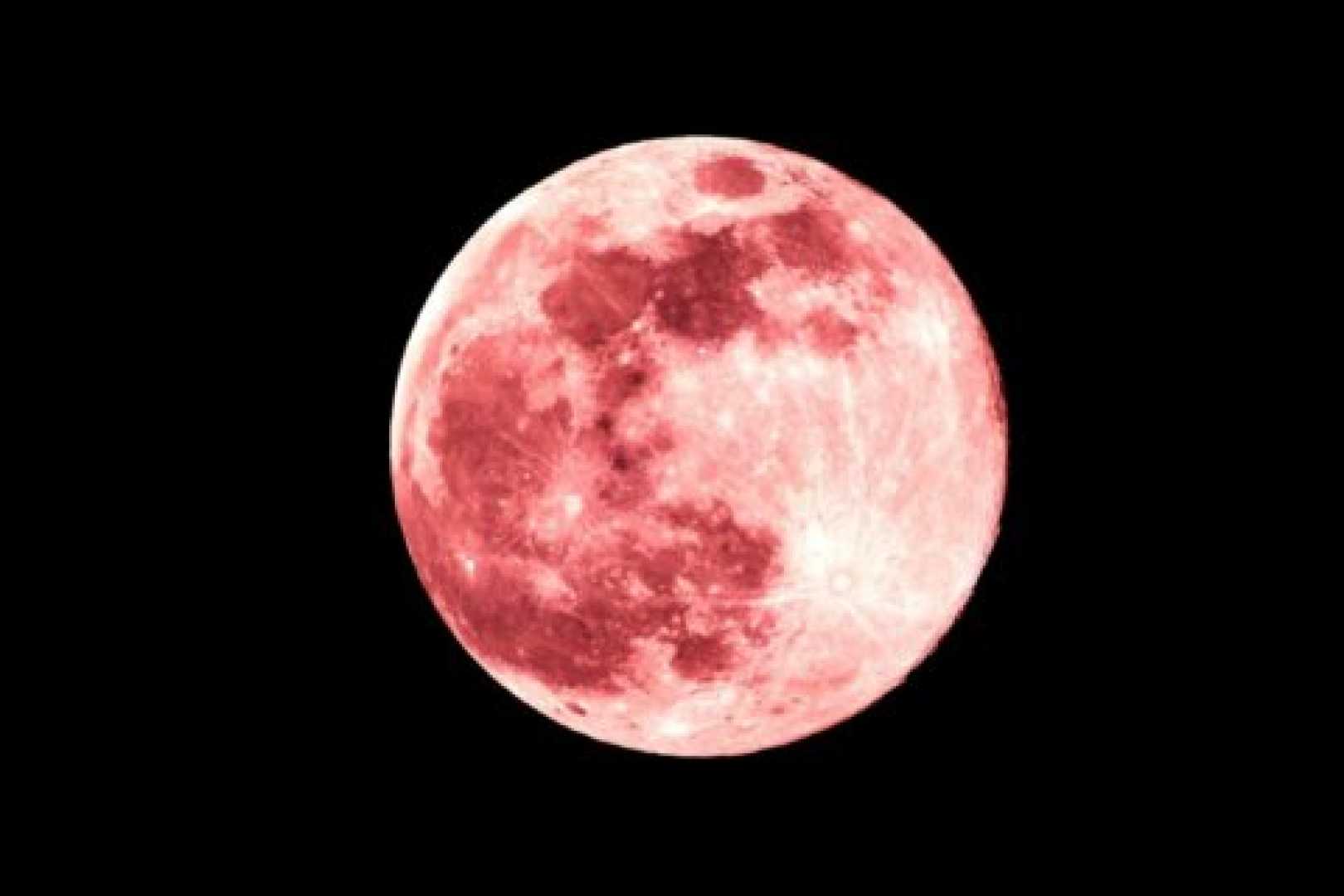News
April’s Full Moon: A Micromoon Set to Dazzle Skywatchers

WASHINGTON, D.C. — This Saturday, April 12, 2025, skywatchers will be treated to a micromoon as the full moon nears its farthest point from Earth. Known also as the Pink Moon, this celestial event will peak at 8:22 p.m. EDT, offering a glimpse of the moon’s unique characteristics during this phase.
While dubbed the Pink Moon, it will not actually appear pink; instead, its hue will be a white-golden shade. NASA planetary scientist Dr. Noah Petro explained the phenomenon, stating, ‘The moon’s orbit around the Earth is not perfect; it’s elliptical. There are times when it’s closer and times when it’s farther away.’
This Saturday’s micromoon marks the first full moon of spring and is expected to appear about 6% smaller than a typical full moon due to its position at apogee. According to Gianluca Masi, founder of the Virtual Telescope Project, which will stream the event live, this moon will look approximately 252,277 miles (406,000 kilometers) from Earth at its peak.
NASA indicates that micromoons can be up to 14% smaller and 30% dimmer than supermoons, which occur when the moon is closest to Earth. ‘The subtle size difference is often trickier to spot with the naked eye, but experienced observers may notice the variance,’ Masi said.
The term ‘Pink Moon’ is derived from the blooming of early spring flowers in North America, particularly the creeping phlox, which bears vibrant pink colors. For some Native American tribes, this full moon symbolized the arrival of spring foliage. The Tlingit tribe referred to it as the ‘budding moon,’ while the Cherokee called it the ‘flower moon.’
This year, the April full moon also holds religious significance as it constitutes the Paschal moon, determining the date for Easter Sunday, which will be celebrated on April 20, 2025.
For those eager to witness the micromoon, experts recommend finding a location with minimal light pollution and using binoculars or a telescope for an enhanced experience. Clear skies will provide optimal viewing conditions. The Virtual Telescope Project will begin its livestream at 8:00 p.m. EDT, delivering real-time images to viewers from Manciano, Italy.
Following the Pink Moon, there are several celestial events to anticipate, including a total lunar eclipse on September 7 and 8 and a partial solar eclipse on September 21. The next full moon is expected on May 12, known as the Flower Moon. It will be visible alongside a peak of the Lyrid meteor shower, slated for April 21-22.












